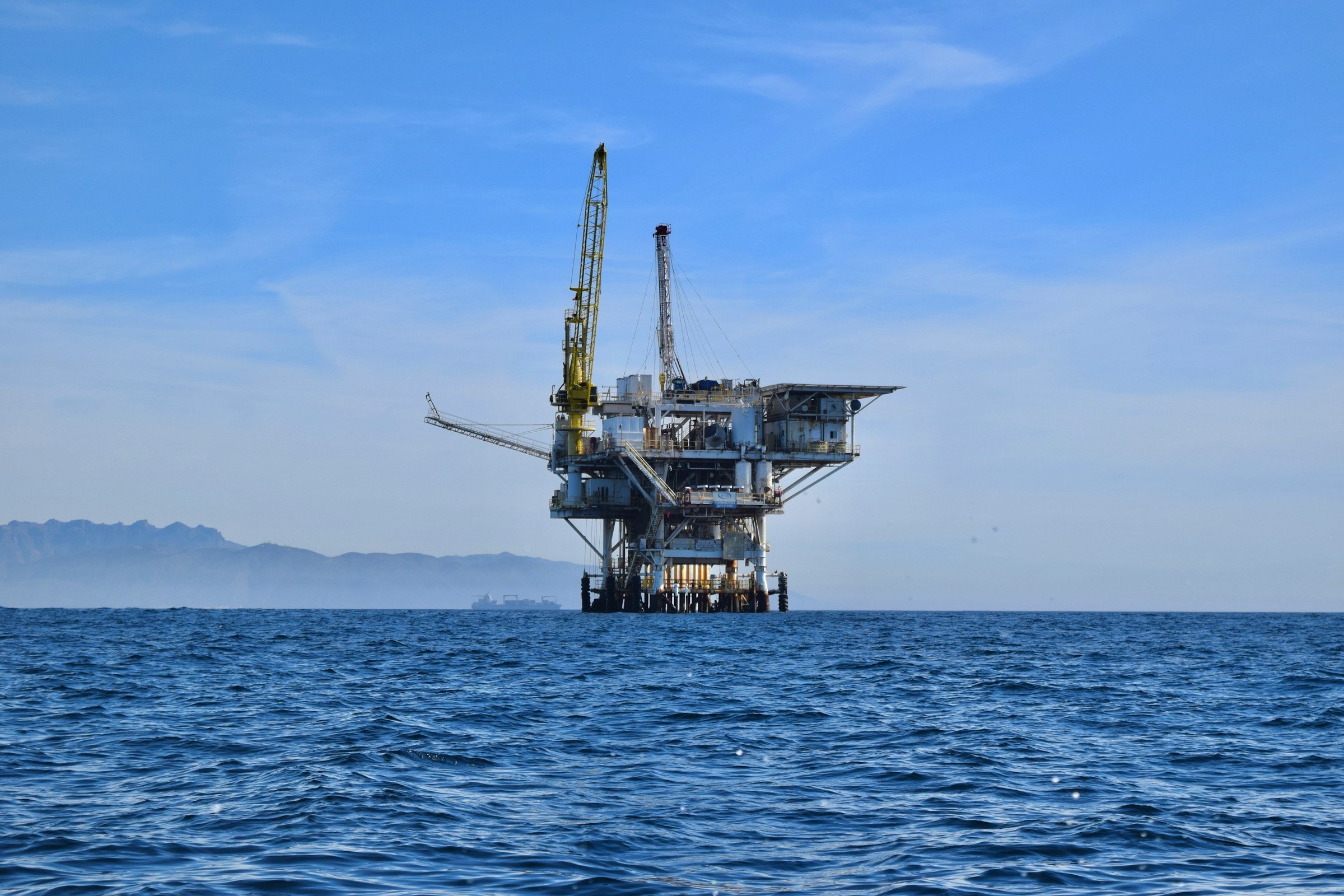While oil prices have remained in a tight trading band, the market is anything but stable. Brent crude futures hovered near $84 per barrel this week, while WTI softened just below $80, reflecting a fragile equilibrium shaped more by uncertainty than conviction. Traders aren’t leaning bullish or bearish—they’re repositioning around what might break next. And the real story isn’t the price action. It’s the diverging assumptions behind it.
On the surface, oil futures look stuck. Volatility has dropped from the highs of 2022–2023, and OPEC+ decisions now feel more priced-in than provocative. But scratch beneath the surface and a more complex dynamic emerges: supply-disruption concerns are climbing again—only this time, they’re being filtered differently depending on where you sit in the global value chain.
Europe, still scarred by the energy weaponization of 2022, is quietly rotating toward more long-term LNG contracts and re-insurance of storage infrastructure. Gulf states, particularly the UAE and Saudi Arabia, are taking a more strategic tack, leveraging their infrastructure advantage to signal reliability rather than react to price shocks. Meanwhile, US producers are caught in a unique bind—under pressure to maintain capital discipline despite geopolitical noise from the Middle East, Red Sea corridor, and now West Africa.
What looks like a stable market is actually a rebalancing of hedging logic.
The renewed disruption narrative has less to do with any single event and more with what Amira would call "overlapping volatility"—a combination of geopolitical risk (Houthi attacks in the Red Sea), regulatory uncertainty (US SPR replenishment timing), and fragile upstream capacity in countries like Nigeria and Venezuela. These aren’t shocks. They’re friction points. And unlike the textbook supply crunches of the past, these don’t deliver a coordinated price spike. They induce strategic reallocation.
It’s here that regional divergence becomes visible. European buyers, long seen as price takers in fossil markets, are now behaving more like portfolio managers—reweighting between energy sources, locking in long-term LNG flows from Qatar and the US Gulf Coast, and rethinking what “energy security” actually means. The Gulf producers, on the other hand, are de-risking through diplomacy—doubling down on eastward supply routes and infrastructure linkages that make bypassing maritime chokepoints more viable.
US players are left with less maneuverability. High interest rates and ESG constraints have throttled upstream investment appetite. Unlike in 2021–2022, shale isn’t rushing to fill the gap. And this discipline, while celebrated by shareholders, has left markets more exposed to any genuine outage.
If this sounds like a policy debate, that’s because it is—just in corporate form. Futures markets may reflect liquidity preference in the short term, but beneath the curves, traders, operators, and policymakers are executing real shifts. Take the options skew on Brent: while prices haven’t broken out, the premium on upside calls has begun to rise, suggesting that risk is being priced—not just observed.
For corporates, especially in aviation, transport, and heavy industry, this translates into a more nuanced hedging behavior. It’s not about locking in price. It’s about avoiding operational asymmetry—ensuring that if supply chains are hit, core costs remain bounded. We’re seeing a subtle shift away from quarterly hedge cycles toward more flexible, scenario-based hedging frameworks.
This behavioral adaptation—disguised as market stasis—is why oil futures remain mixed. The market isn’t confused. It’s recalibrating.
This isn’t a classic bullish or bearish setup. It’s a signal divergence. Gulf producers are playing the long game, European buyers are hedging against system fragility, and US firms are watching margin pressure mount under macro constraint. Oil futures may be flat—but conviction is shifting region by region.
In strategy terms, this is less about price targeting and more about structure. A new equilibrium is being priced not on barrels, but on exposure. And that makes this stasis more informative than any rally.















